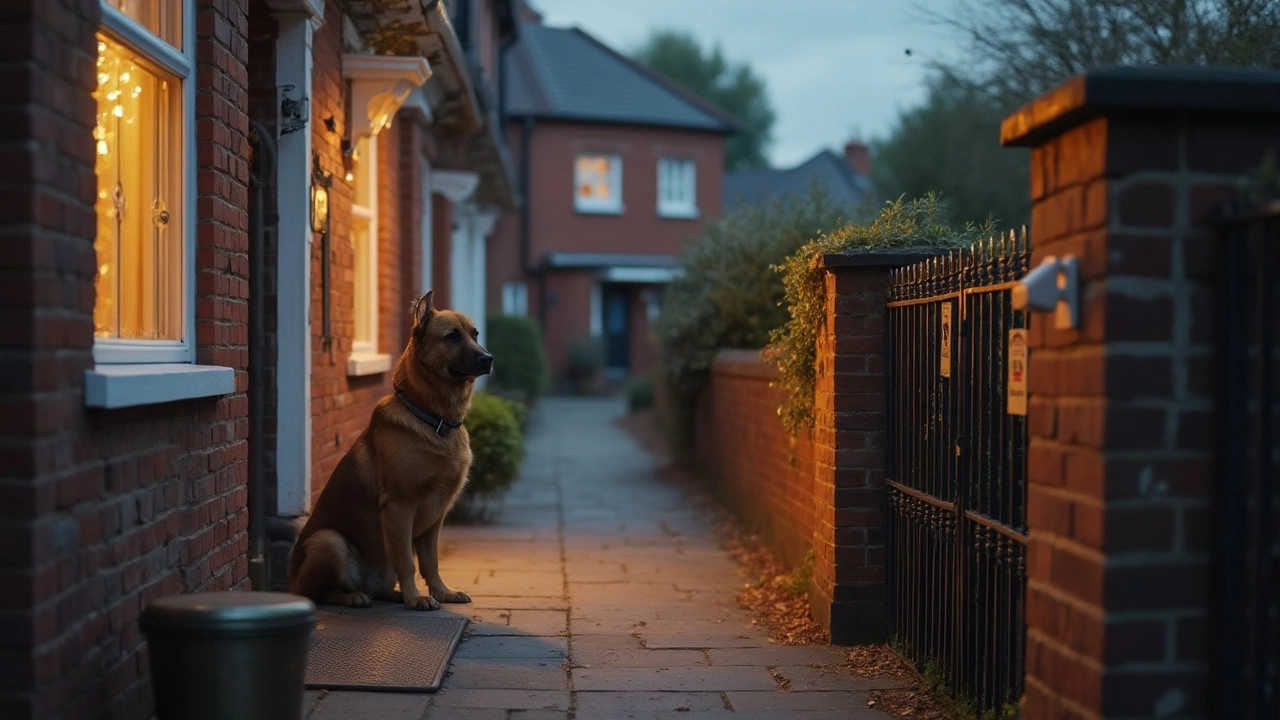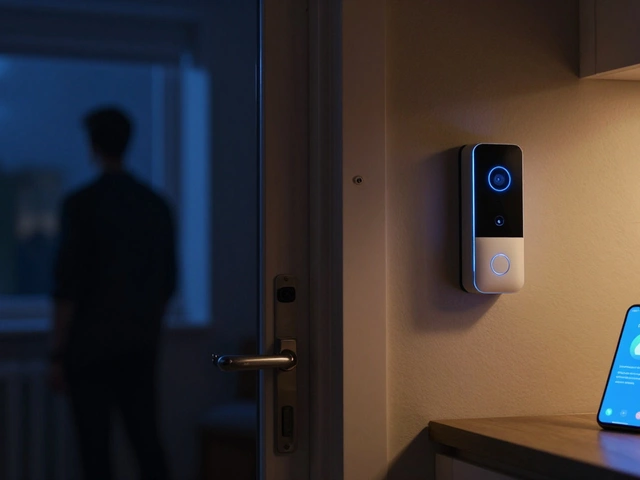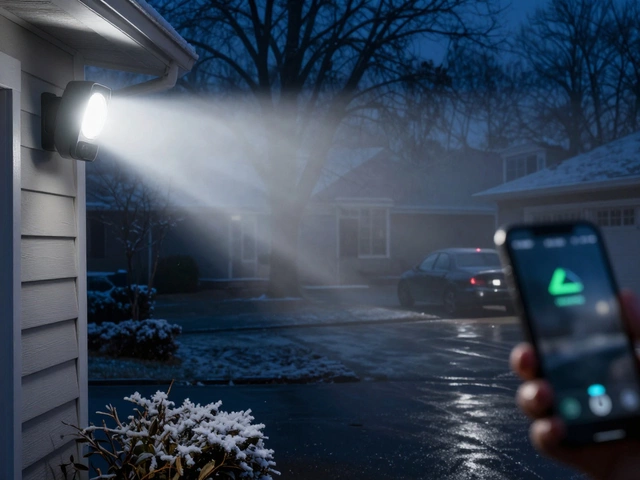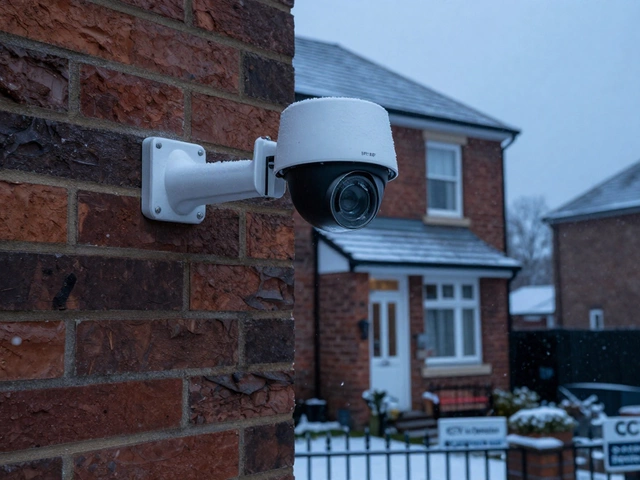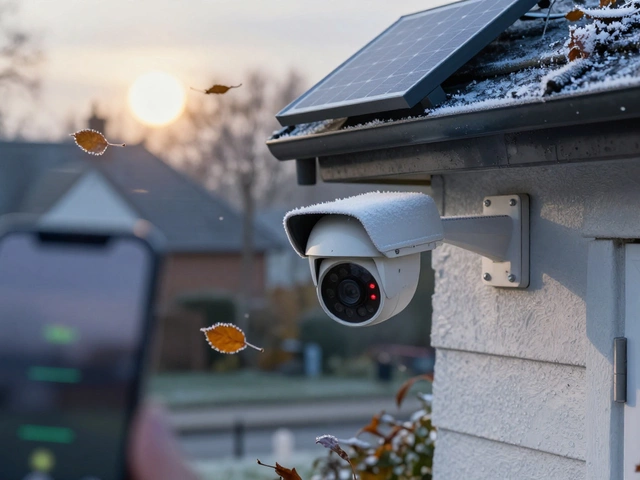Dogs: Everyday Care, Training Hacks, and Safety Basics
Got a dog and want to make life smoother for both of you? From feeding the right food to stopping that annoying barking, these tips cover what matters most. No fluff, just things you can try right now.
Feeding and Health Made Easy
First up, food. Pick a high‑quality kibble that lists real meat as the first ingredient. If you’re into wet food, mix it in a 70/30 ratio – wet for flavor, dry for teeth. Keep a consistent schedule; most dogs do best eating twice a day, same times every day. This steadies their digestion and makes house‑breaking simpler.
Don’t forget the water bowl. Fresh water should be changed at least once a day – dogs can be picky about stale water. A simple trick is to use a stainless‑steel bowl; it stays cleaner longer than plastic.
Health checks are quick if you make them a habit. Feel for lumps under the skin, check the eyes for cloudiness, and listen for coughing. A brief five‑minute once‑a‑month routine can catch problems early and save you money.
Training That Actually Works
Training is less about fancy commands and more about consistency. Start with "sit" and "stay" using treats you know your dog loves. Say the word, wait a second, then give the treat. Repeat 5‑10 times, twice a day. Your dog learns the pattern faster than you think.
If you catch unwanted behaviour, like jumping on guests, ignore it. Dogs love attention – even negative. Instead, turn the focus to a sit, then reward. Over time the bad habit fades because it no longer gets a reaction.
Leash walking can be a nightmare, but a short leash and a tight grip help. When your dog pulls, stop walking. Wait until the leash slackens, then move forward. The dog learns that pulling leads to a pause, while loose walking keeps the walk going.
Keeping Your Dog Safe at Home
Secure your yard. Make sure fences are tall enough and have no gaps. If you have a gate, add a self‑closing latch – it prevents the dog from slipping out when you’re busy.
Indoor hazards are easy to miss. Keep toxic plants, chemicals, and small objects out of reach. Many pet owners forget that cords can be tempting chew toys; use protective covers.
When you’re not home, a pet camera can give peace of mind. Choose a model with two‑way audio so you can talk to your dog if they get anxious. Some cameras also alert you if your pet leaves a designated area.
Finally, think about weather. In summer, never leave a dog in a parked car. Even a few minutes can cause heatstroke. In winter, consider a dog coat if the temperature drops below 5°C and your dog has a thin coat.
With these straightforward steps – proper feeding, consistent training, and simple safety fixes – you’ll see a happier, calmer dog in no time. Remember, the best routine is the one you can stick to, so keep it simple and stay patient. Your dog will reward you with wagging tails and endless loyalty.

